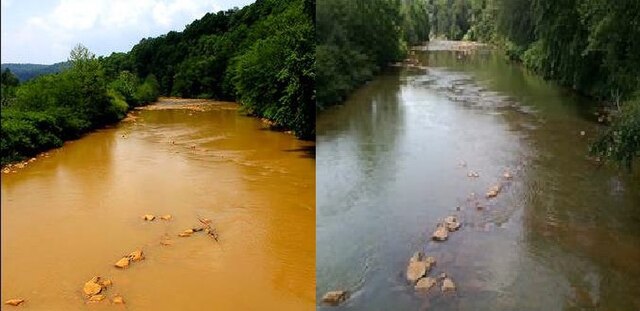Deinococcus radiodurans is a bacterium, an extremophile and one of the most radiation-resistant organisms known. It can survive cold, dehydration, vacuum, and acid, and therefore is known as a polyextremophile. The Guinness Book Of World Records listed it in January 1998 as the world's most radiation-resistant bacterium or lifeform.
Deinococcus radiodurans
An extremophile is an organism that is able to live in extreme environments, i.e., environments with conditions approaching or stretching the limits of what known life can adapt to, such as extreme temperature, pressure, radiation, salinity, or pH level.
The bright colors of Grand Prismatic Spring, Yellowstone National Park, are produced by thermophiles, a type of extremophile.
Diversity of extreme environments on Earth
Microscopic image from the hypersaline Lake Tyrrell (salinity> 20% w/v), in which the eukaryotic chlorophyte, Dunaliella salina, can be tentatively identified. Dunaliella salina is grown commercially for the carotenoid, β-carotene, which is widely used as a natural food colorant as well as a precursor to vitamin A. Alongside is the haloarchaeon, Haloquadratum walsbyi, which has flat square-shaped cells with gas vesicles that allow flotation to the surface, most likely to acquire oxygen.
This is a before and after picture of a cleanup project of the Little Conemaugh River. Photo Credit: Rosebud Mining Company.





